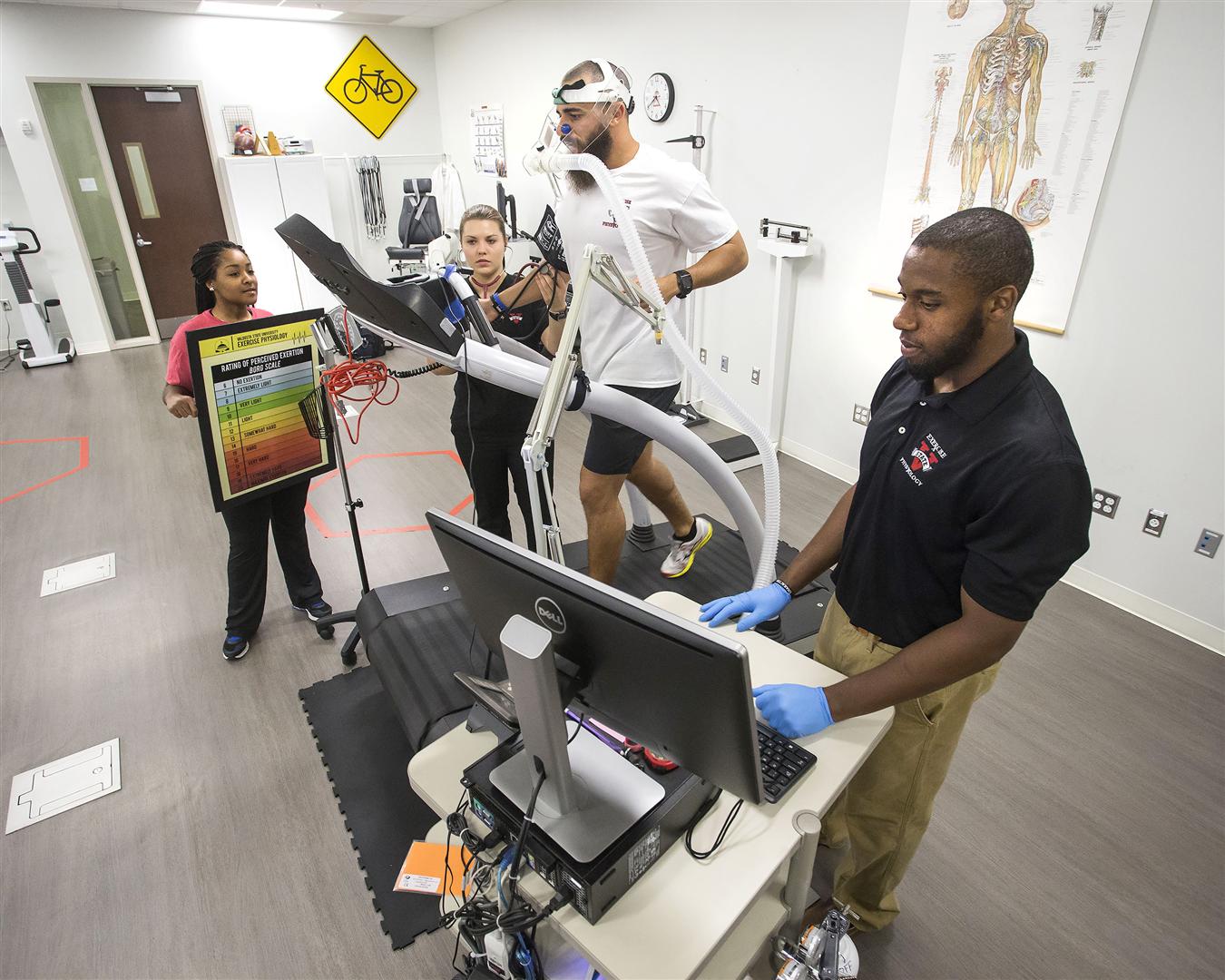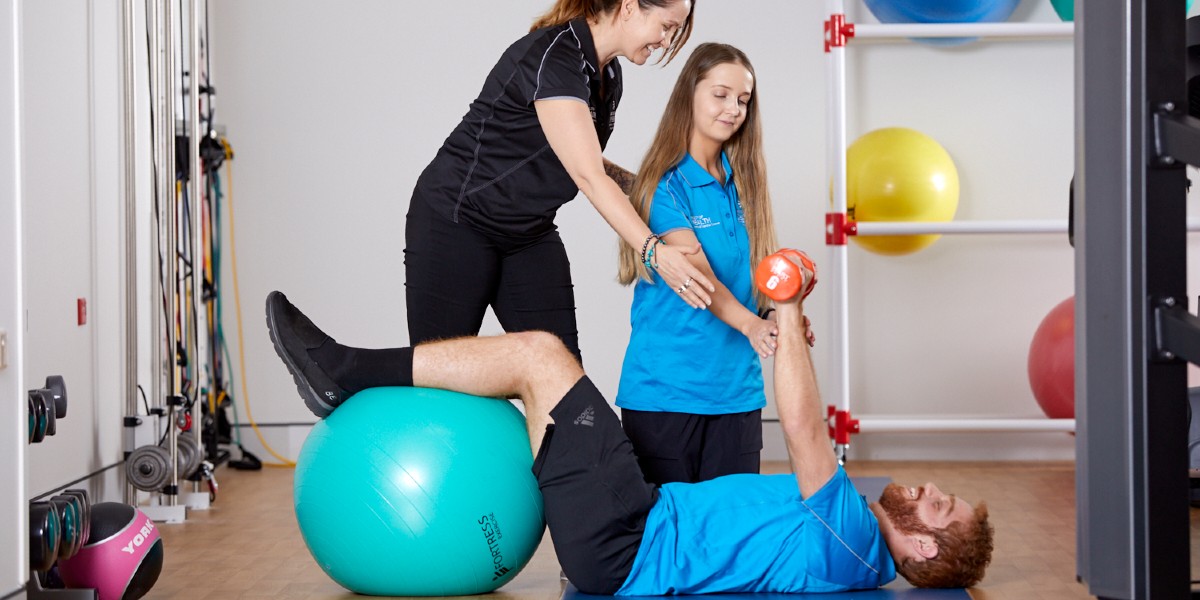Things about Applied Exercise Physiology Concentration at UB? - UB

Facts About BS in Exercise Physiology Uncovered
Exercise might exacerbate ketoacidosis by increasing ketone synthesis in action to increased circulating NEFA's. Type II diabetes is also elaborately connected to obesity, and there may be a connection between type II diabetes and how fat is kept within pancreatic, muscle, and liver cells. Likely due to this connection, weight loss from both workout and diet tends to increase insulin sensitivity in the majority of people.
Although no one is technically treated of diabetes, people can live normal lives without the worry of diabetic issues; nevertheless, gain back of weight would surely result in diabetes indications and signs. Vigorous physical activity (such as workout or hard labor) increases the body's demand for oxygen. The first-line physiologic response to this demand is a boost in heart rate, breathing rate, and depth of breathing.

Kinesiology with Clinical Exercise Physiology Concentration - Health & Kinesiology - Purdue University
More just put, oxygen intake is dictated by the amount of blood distributed by the heart in addition to the working muscle's ability to use up the oxygen within that blood; however, this is a bit of an oversimplification. Although heart output is believed to be the limiting aspect of this relationship in healthy people, it is not the only determinant of VO2 max.

Kinesiology with Clinical Exercise Physiology Concentration - Health & Kinesiology - Purdue University
What Does Master of Science in Clinical Exercise Physiology Mean?

Numerous pathologies and abnormalities trigger conditions such as diffusion constraint, ventilation/perfusion inequality, and lung shunts that can limit oxygenation of the blood and therefore oxygen circulation. In https://www.inertiahealthgroup.com.au/ , the oxygen carrying capacity of the blood is also an important factor of the equation. Oxygen bring capacity is typically the target of exercise (ergogenic aids) help utilized in endurance sports to increase the volume percentage of red blood cells (hematocrit), such as through blood doping or making use of erythropoietin (EPO).
Dehydration [modify] Dehydration refers both to hypohydration (dehydration caused prior to workout) and to exercise-induced dehydration (dehydration that establishes during exercise). The latter decreases aerobic endurance performance and leads to increased body temperature, heart rate, perceived exertion, and perhaps increased dependence on carb as a fuel source. Although the negative effects of exercise-induced dehydration on exercise performance were plainly demonstrated in the 1940s, athletes continued to believe for years afterwards that fluid consumption was not advantageous.
